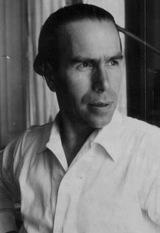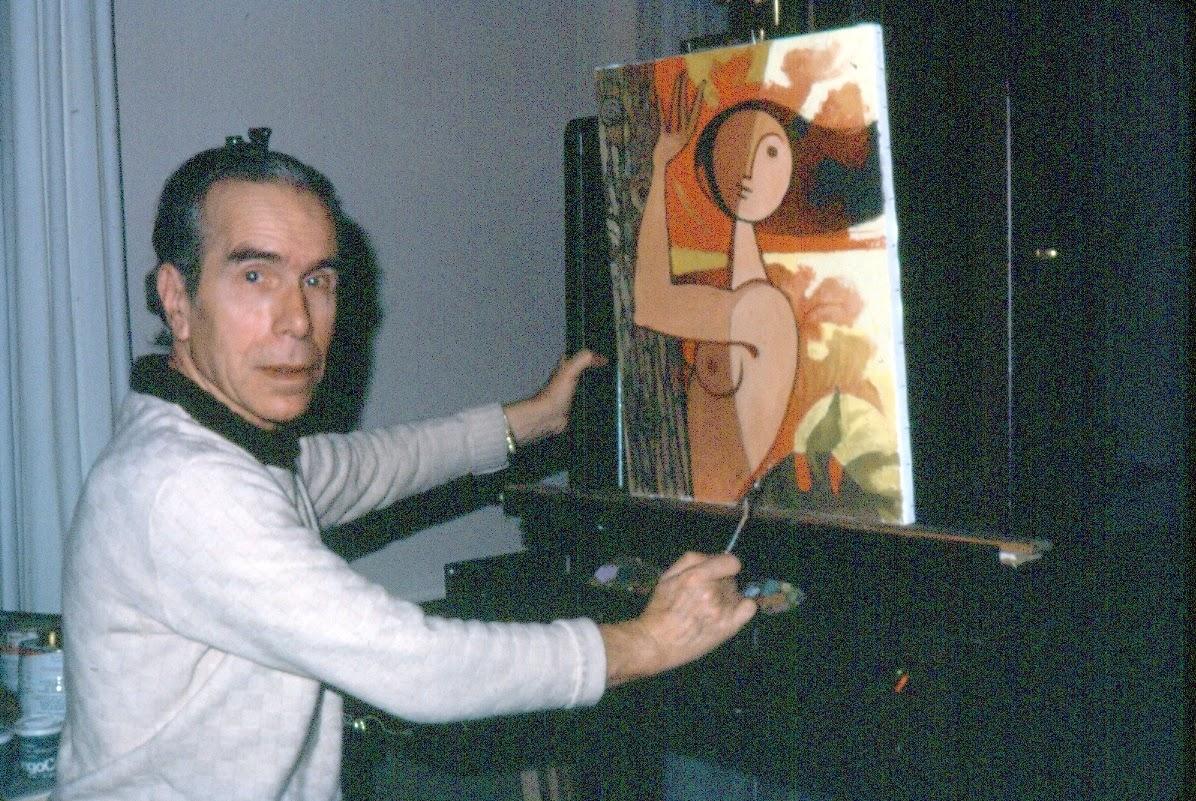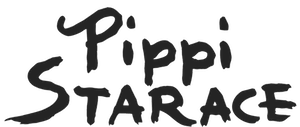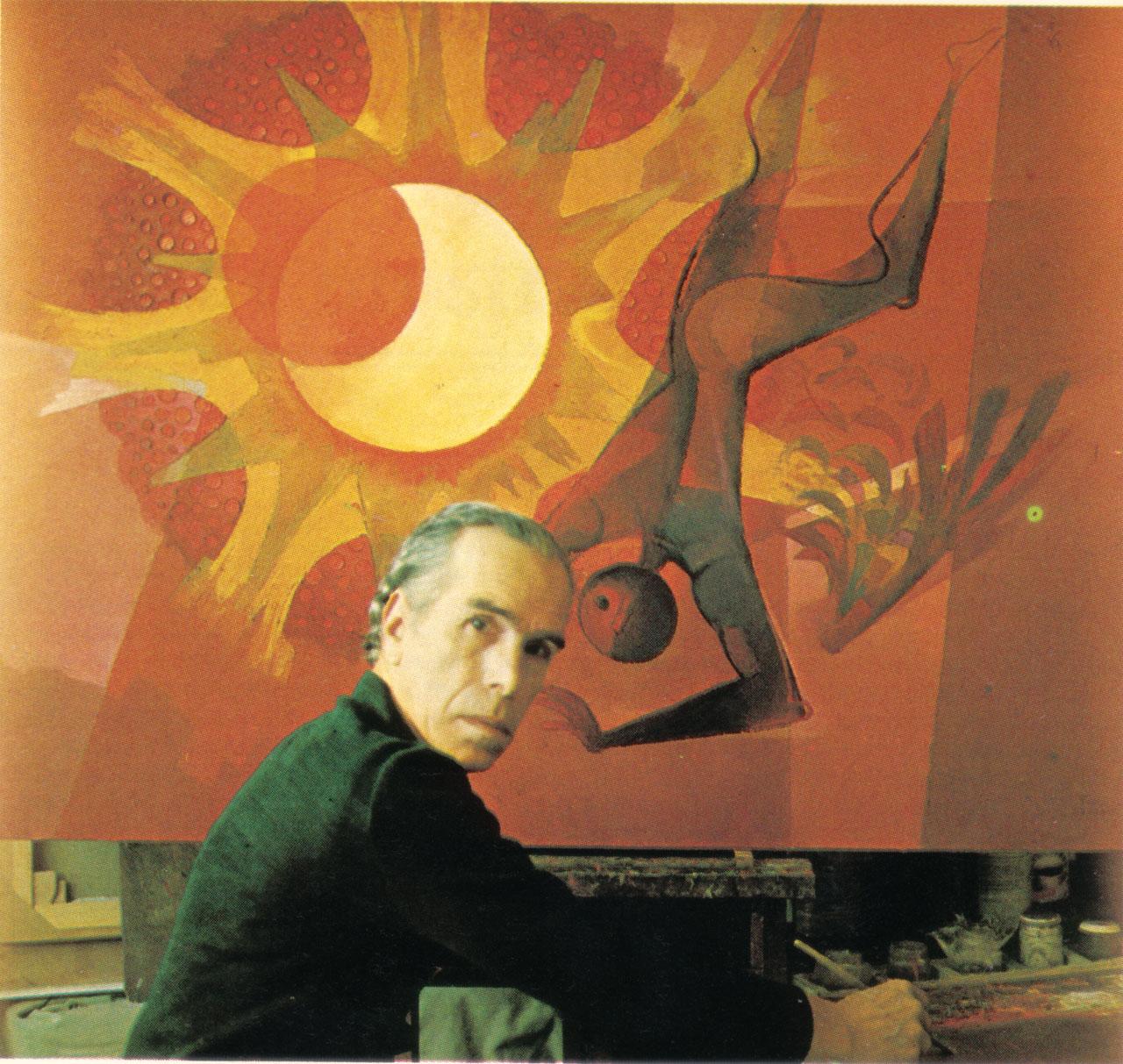Pippi Starace 1904-1977

Giuseppe "Pippi" Starace was born in Lecce in 1904, his attention to art has very distant origins.
As a child, he was enchanted watching the carvers in construction sites create Baroque ornaments in Lecce stone. Soon, his passion for art took on definite aspects; in addition to school, in his free time, he frequented the workshop of the sculptor Ariosto Ammassari, where, together with his peers Francesco and Carlo Barbieri, he learned the trade and the first elements of sculpture. It was in this very workshop that he had the opportunity to see some works by the Apulian painter Scorrano, a former student of Morelli, and immediately became enthusiastic about color. This gave rise to a powerful need to paint. He therefore changed his course of study, enrolling in painting classes at the art school in his city: a scholarship made available to him by the Province allowed him, in 1923, to go to Rome to attend the "Academy of Fine Arts" and at the same time the "Free School of Nude," the "Artistic Museum," and the exhibitions in the capital. A few years later, he became friends with Scipione and Mafai, the future founders of the "Roman School."
In 1930, he was already fully immersed in artistic activity. Full of enthusiasm for all the new trends, he joined the "Second Futurist Movement" and frequented Marinetti's house along with Balla, Prampolini, and others; he therefore participated in the "First national exhibition of Futurist art" in Rome, receiving a flattering review from Alfredo Panzini. From '34 to '38, he collaborated as a cartoonist for the newspaper "Il Piccolo" in Trieste. His artistic tendency was now turning towards rigorous post-Cubist structures, as demonstrated by the works with which he participated, by invitation, in national and foreign events.
In 1942, he was Capogrossi's assistant at the Artistic Lyceum and taught pictorial composition at the art school of the Municipality of Rome. In 1946, after the gust of war and the artistic revival, we find the name of Pippi Starace as a collaborator of "Arte Contemporanea," the weekly magazine founded by the painter Maria Mancuso, which organized meetings attended by Vincenzo Cardarelli, Virgilio Guzzi, Carlo Carrà, and Giuseppe Marchiori. Mural painting, which was always congenial to him, allowed him to carry out an intense activity. This was the period of important creations for public bodies, with works in fresco, mosaic, ceramics and, sometimes, returning to his old love, with sculptures.

Present at the main national and international artistic events, he was awarded several times. His works are in public and private galleries in Italy, Denmark, Hungary, Pakistan, and the United States.

